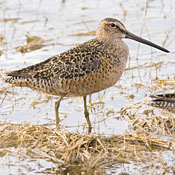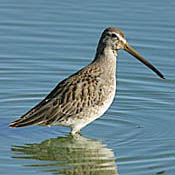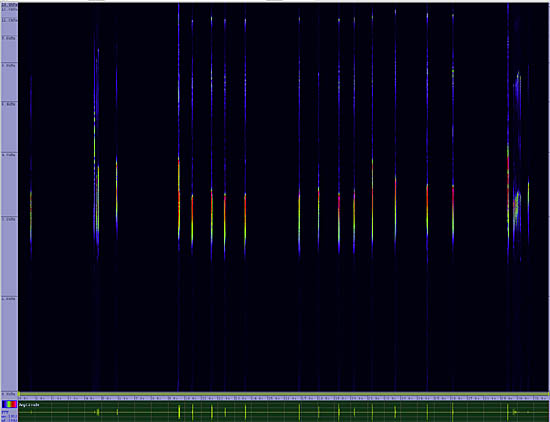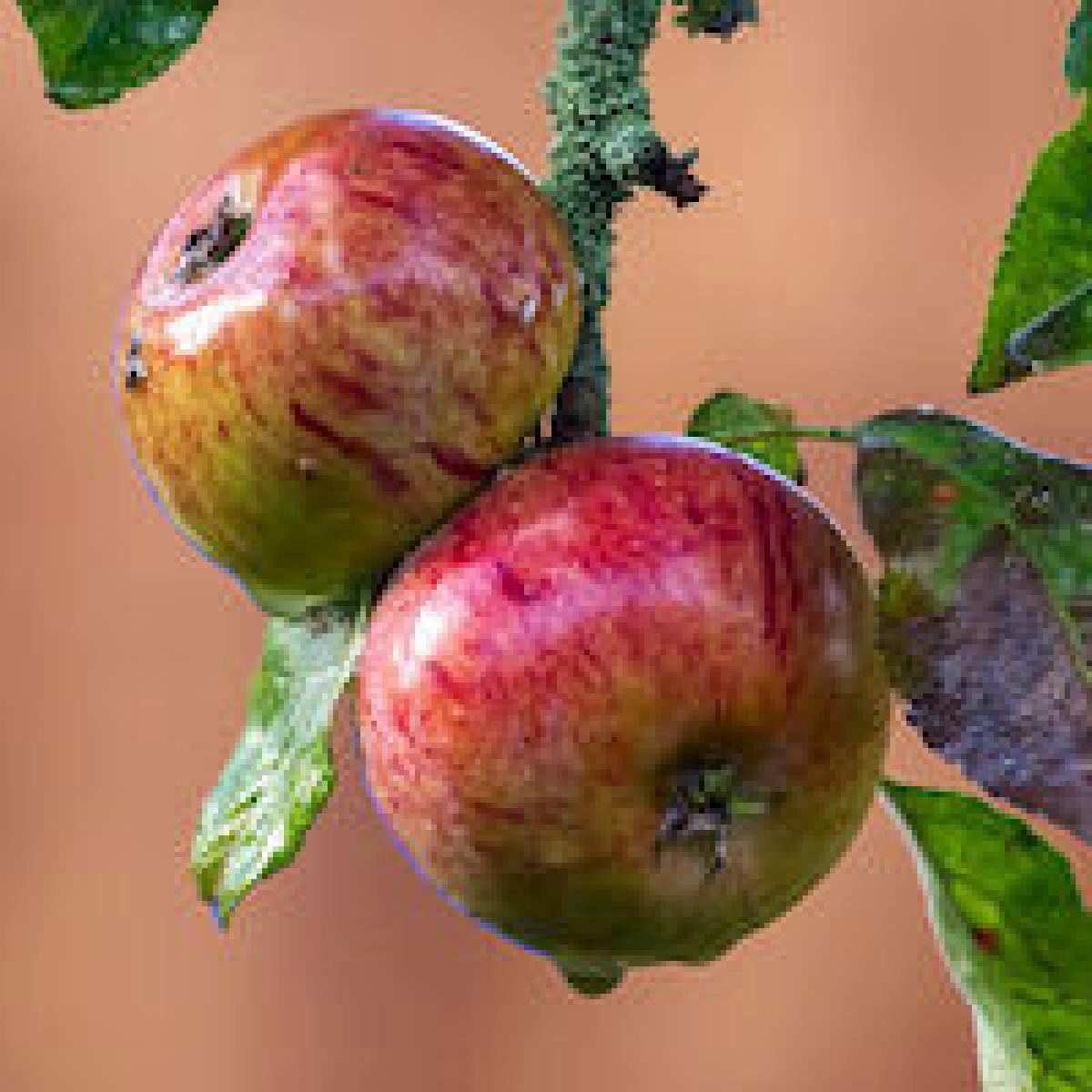Long-billed Dowitcher
Limnodromus scolopaceus

Sandpiper Like

Length: 12 in. (29 cm )
During the winter, the Long-billed Dowitcher becomes gray and occurs in small to large flocks on wet mud flats and tidal estuaries. It catches aquatic insects and marine invertebrates by rapidly probing deep into the mud with its long bill - resembling a sewing machine going up and down and with its head often totally immersed. During the summer it becomes rusty-colored and moves to the Arctic tundra where pairs nest on moist meadows. The nest is a shallow depression in the moist grass or moss.
The four-digit banding code is LBDO.
Bibliographic details:
- Article: Long-billed Dowitcher
- Author(s): Dr. Biology
- Publisher: Arizona State University School of Life Sciences Ask A Biologist
- Site name: ASU - Ask A Biologist
- Date published: 13 Jul, 2017
- Date accessed:
- Link: https://askabiologist.asu.edu/activities/bird/long-billed-dowitcher
APA Style
Dr. Biology. (Thu, 07/13/2017 - 15:37). Long-billed Dowitcher. ASU - Ask A Biologist. Retrieved from https://askabiologist.asu.edu/activities/bird/long-billed-dowitcher
Chicago Manual of Style
Dr. Biology. "Long-billed Dowitcher". ASU - Ask A Biologist. 13 Jul 2017. https://askabiologist.asu.edu/activities/bird/long-billed-dowitcher
Dr. Biology. "Long-billed Dowitcher". ASU - Ask A Biologist. 13 Jul 2017. ASU - Ask A Biologist, Web. https://askabiologist.asu.edu/activities/bird/long-billed-dowitcher
MLA 2017 Style
Be Part of
Ask A Biologist
By volunteering, or simply sending us feedback on the site. Scientists, teachers, writers, illustrators, and translators are all important to the program. If you are interested in helping with the website we have a Volunteers page to get the process started.







